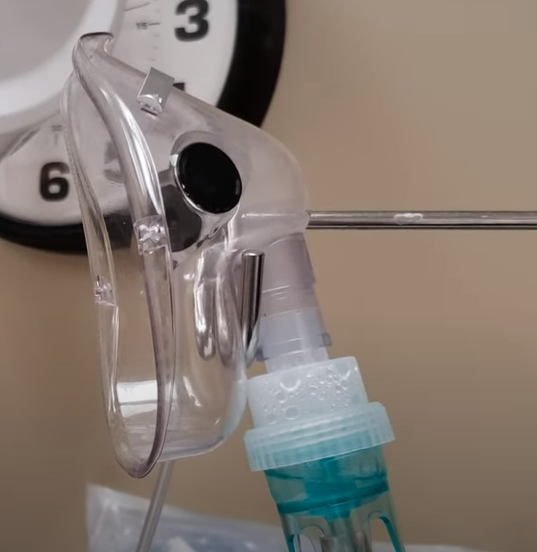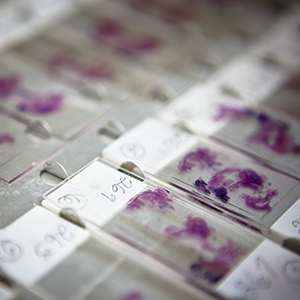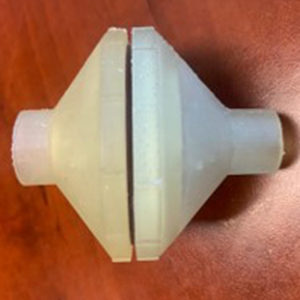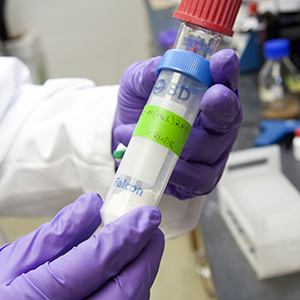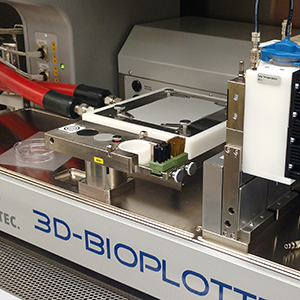Description
Device captures infectious aerosol particles during treatments
Clinicians from the University of Nebraska Medical Center have developed the Z-filter, a device that mitigates the release of infectious aerosolized particles during nebulizing treatments.
Asthmatic patients or patients experiencing difficulty breathing or shortness of breath, require breathing treatments delivered via a nebulizer, which aerosolizes a liquid medication. The nebulizer allows for faster and less invasive uptake by the patient via their respiratory system. However, in scenarios where the patient may have a highly infectious disease, there is a potential to spread of infectious pathogens as the patient’s breath is dispersed into the air via the nebulizer’s high airflow. Many health-care facilities have stopped all nebulized treatments in fear of contaminating rooms with SARS-CoV-2, the coronavirus responsible for COVID-19.
The Z-filter is an add-on attachment designed for universal fit with standard oxygen masks that are required for nebulizing treatments. Its construction prevents the release of exhaled infectious particles into the air.
Considering the many upcoming changes in healthcare practices and procedures, the Z-filter could become a standard practice in the future.
To discuss sponsored research and licensing opportunities contact Tyler Scherr, PhD, at tyler.scherr@unmc.edu or 402-889-5498.

